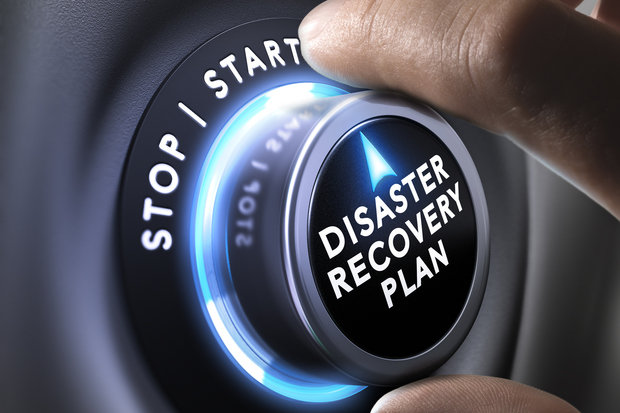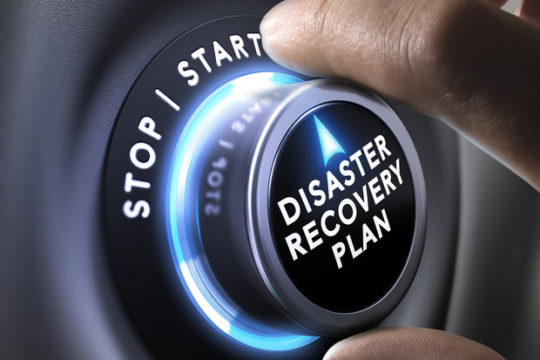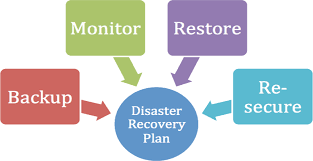
Due to our reliance on data technology, good disaster recovery processes have never been more vital. However, how do you plan for better disaster recovery?
It may be a challenge, but you don’t need to feel apprehensive when trying to tackle this complex problem. And when it comes to disaster recovery, planning is the most important factor. If your IT systems fail then you need to start your recovery process as soon as possible and ensure it’s as effective as it can be. The sooner you can restore normal operations, the less your productivity is affected.
So, if you want to make sure your disaster recovery procedures are finely tuned, make sure you incorporate the following tips. They could be the difference between no IT infrastructure and one that can keep your organization functioning.
Have a Plan
The first step towards having a better disaster recovery plan is to have a plan. Unfortunately, many organizations find themselves too busy to worry about potential disasters and, instead, concentrate purely on the present. While this may help you with your immediate business objectives, it’s not going to help you in the case of an emergency. Therefore, starting work on a disaster recovery plan needs to be sooner rather than later.
Cost isn’t Everything
It’s understandable that budgets are essential when it comes to good business, but disaster recovery plans for IT infrastructure are a little different. Without a fully functioning IT service, it’s unlikely your organization is going to be able to trade at its full potential, if at all. And this is why you need to be careful when looking at the technology and services required for your data recovery. Naturally, you shouldn’t spend an exorbitant amount of money that could cripple your margins, but you also need a data recovery plan which can recover your IT infrastructure quickly and effectively.
Understand Your Recovery Objectives
Key to a good recovery process is understanding what data is crucial and how soon it’s required in the case of a data outage/loss. Objectives, of course, need to be achievable, so don’t burden yourself with unattainable goals such as ‘every worker to have access to emails within 10 minutes of a data disaster’. The best way to test your objectives and measure how attainable they are is through regular testing. This should prepare you for any future scenarios and guarantee that you know how to manage their impact.
Update Your Recovery Plan
If you’re lucky, your organization will manage to operate for a long time without experiencing any data disasters. However, this can lead to a dangerous sense of inertia creeping into your recovery processes. And, as we all know, technology moves at a rapid pace. Software and hardware can be replaced on a yearly basis and these new developments may not chime harmoniously with your existing recovery plan. Accordingly, your disaster recovery plan needs to be regularly reviewed to ensure that it’s current and matches your existing IT landscape.
For more ways to secure and optimize your business technology, contact your local IT professionals.
Read More




